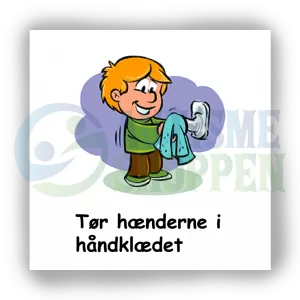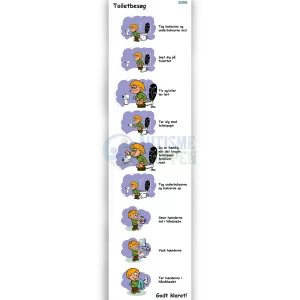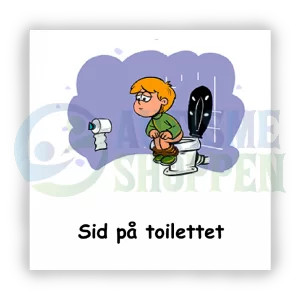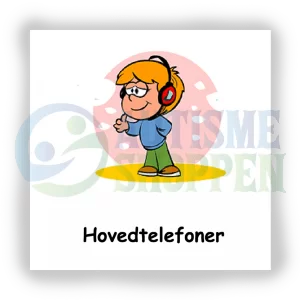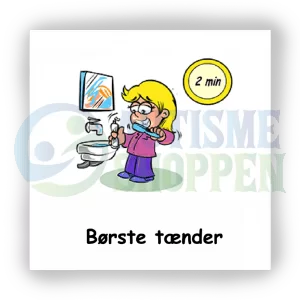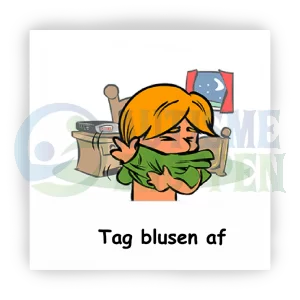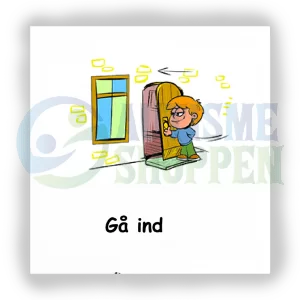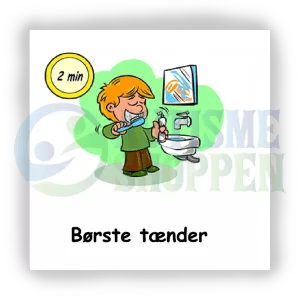The use of pictograms is recommended for almost all autistic people, who traditionally benefit from visualization and structure. This applies to both children and adults and it’s important to be consistent and use them as much as possible. The pictograms are used in different contexts:
- to structure your day by creating a visual program
- to explain a task or event
- to prepare a person with autism for what they need to do next
- to help autistic people “retain” words
- to guide autistic people through a complex task and train specific skills
- to help autistic people, especially those without language, express their wishes and preferences
- to help autistic people express emotions
No two autistic people are the same and they will also use the pictograms in their own way. It is important for relatives or caregivers to remember that the use of pictograms must be adapted to the individual’s needs in order to be successful. Whether an autistic person needs to express their wishes, structure their day or something else is often only learned after you’ve gotten a good start using pictograms – and it’s okay to try different things to fully uncover the need.
What all autistic people have in common is that they are very visual people and need to see, not just hear. Pictograms can be easily customized to suit individual needs, helping them create the kind of structure and meaningful communication they need.
It is recommended to start using pictograms as early as possible, as it takes some getting used to and often involves several steps from having a very concrete view of everything to an abstract view, where a pictogram doesn’t stand for a specific object (e.g. oatmeal or a ball) but for a category (e.g. food or toys).
The pictogram measures 7×7 cm or 5×5 cm and is printed either on magnetic foil or laminated thick paper. It is available in editions both without lyrics and with Danish lyrics. Since many autistic people are interested in letters, it can be beneficial to use pictograms with texts that elaborate on the meaning of the image and help children with autism connect image and words, thereby developing their language.
Non-text pictograms, on the other hand, are used for children who have difficulty focusing and therefore need to look at only one thing at a time.


 Køb dette produkt og optjen
Køb dette produkt og optjen 